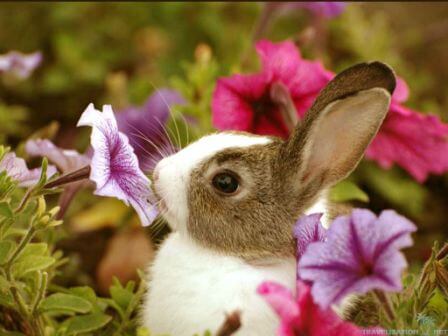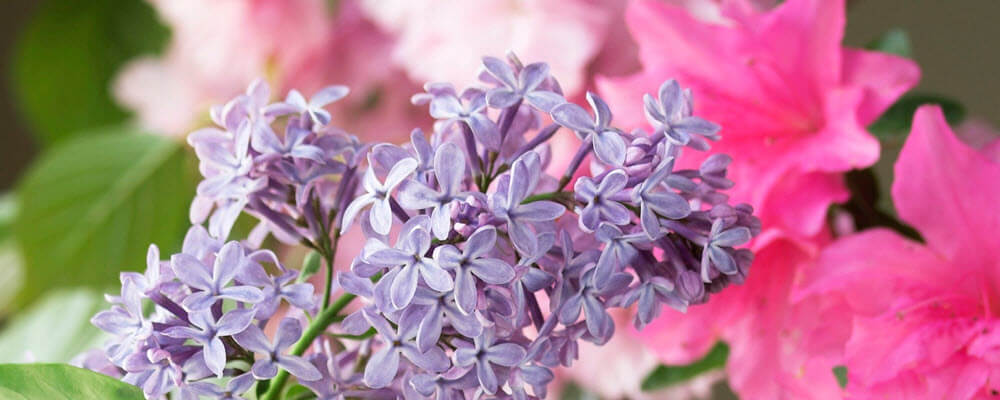They may have lucky feet and fuzzy faces but don’t let their innocence fool you, rabbits can do untold damage to your garden beds when you aren’t looking. Getting a head start on protecting your gardens and knowing how to identify their presence are musts!

Though rabbits are more widely known for clean cutting vegetable gardens; prolonged winters like this years, can cause them to look to perennial gardens for sustenance. The snow is melting and you should begin to look for signs of their not so cute activities. Know that some plant species are more susceptible to Mr. Cottontail than others. In particular, many varieties of our beloved tulip, pansy, and hosta are early blooming examples.
Rabbits will go right for new young shoots of flowers that are still in the seedling stage because they are so close to the ground. Damage from rabbits can be identified by checking the leaves and stems for cleanly cut nibbles, unlike pests and insects which will leave jagged damage behind.
As their twitching noses indicate, rabbits are great sniffers and dislike many of the repellants that can be widely purchased to deter larger garden predators like deer. In addition to sprays, I have used more natural methods like plant collars (until plants have passed the seedling stage), mesh covers, relocation techniques, or supplementing gardens with early bloomers that our furry friends find less palatable like daffodils, hyacinths, and peonies.
So while you are dying and painting your Easter eggs this April and contemplating your spring cleanup lists, keep your eyes open for signs of rabbit damage as they may not only be hopping down the bunny trail but also through your unprotected garden beds….


